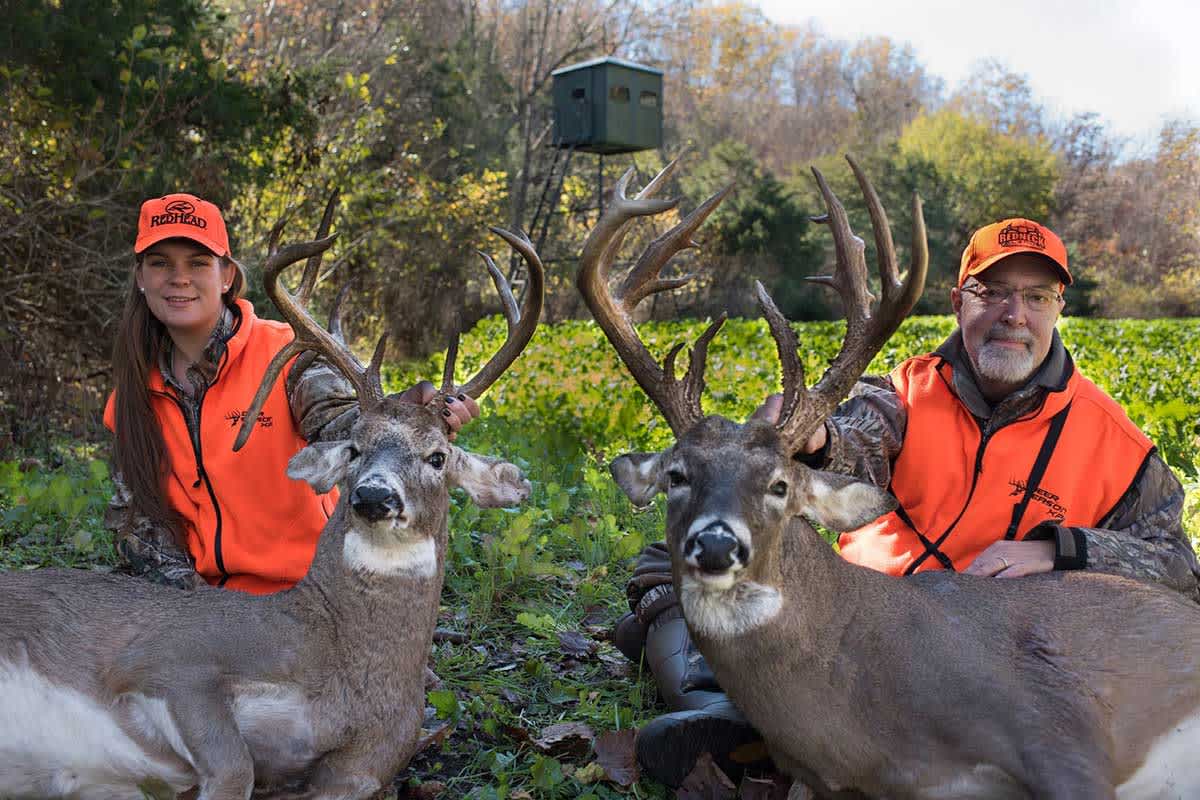Whitetail Wednesday: What Determines Antler Color?
Grant Woods 09.20.17

As you can see in the video from September 12 below, most whitetail bucks have shed velvet by now. For us deer hunters, it’s an exciting time of the year! This is also the time when I often get questions about why some buck’s antlers are dark, while others are light.
I’m not aware of any good research on this subject. I have heard many theories. The most common one seems to be that antler color is determined by what bucks eat. I doubt this theory is correct because I’ve often seen multiple bucks in the same field, and some had dark antlers and others light-colored racks.
These same observations tend to disprove the theory that antler color is determined by the species of trees bucks rub. Bucks prefer aromatic species to rub such as pines, cedars, fruit trees, sassafras, etc. It’s very common for multiple bucks to use the same large rubs in an area. These are called traditional rubs – and are often used year after year.
Another theory is that antler color is determined by the velvet shedding process. Some folks believe bucks that shed their velvet quickly or when the velvet is drier have lighter colored antlers because there’s minimal staining from blood. These same folks believe bucks that shed when the velvet still holds some blood stain their antlers dark. I doubt this theory is correct because blood stains would wear off or fade while rubbing, fighting, or simply being in the weather for months.
Until someone researches this question, I suspect the best theory is that antler color is a genetic trait. But is this trait based from the doe or buck? Odds are it’s based from the doe because approximately 70 percent of antler traits are passed from a buck’s mother.

The fact that the doe is responsible for the majority of antler trait genetics is why culling of wild, free-ranging deer based on male antler traits has never been shown to result in a herd-wide genetic improvement. This subject has been well- researched, but that’s the topic for a different day.
Enjoy creation!
Editor’s note: Be sure to check out Dr. Grant Woods and his popular on-demand web series that shares current information about deer hunting and deer management. The free videos focus on what the GrowingDeer team of experienced hunters and deer managers are doing in the field week to week, including action-packed hunts, proven hunting strategies, habitat management, food plots, trail camera techniques and the gear it takes to get it all done.

